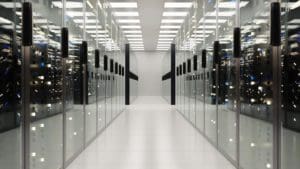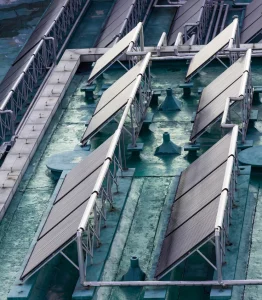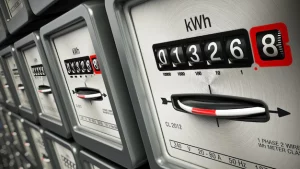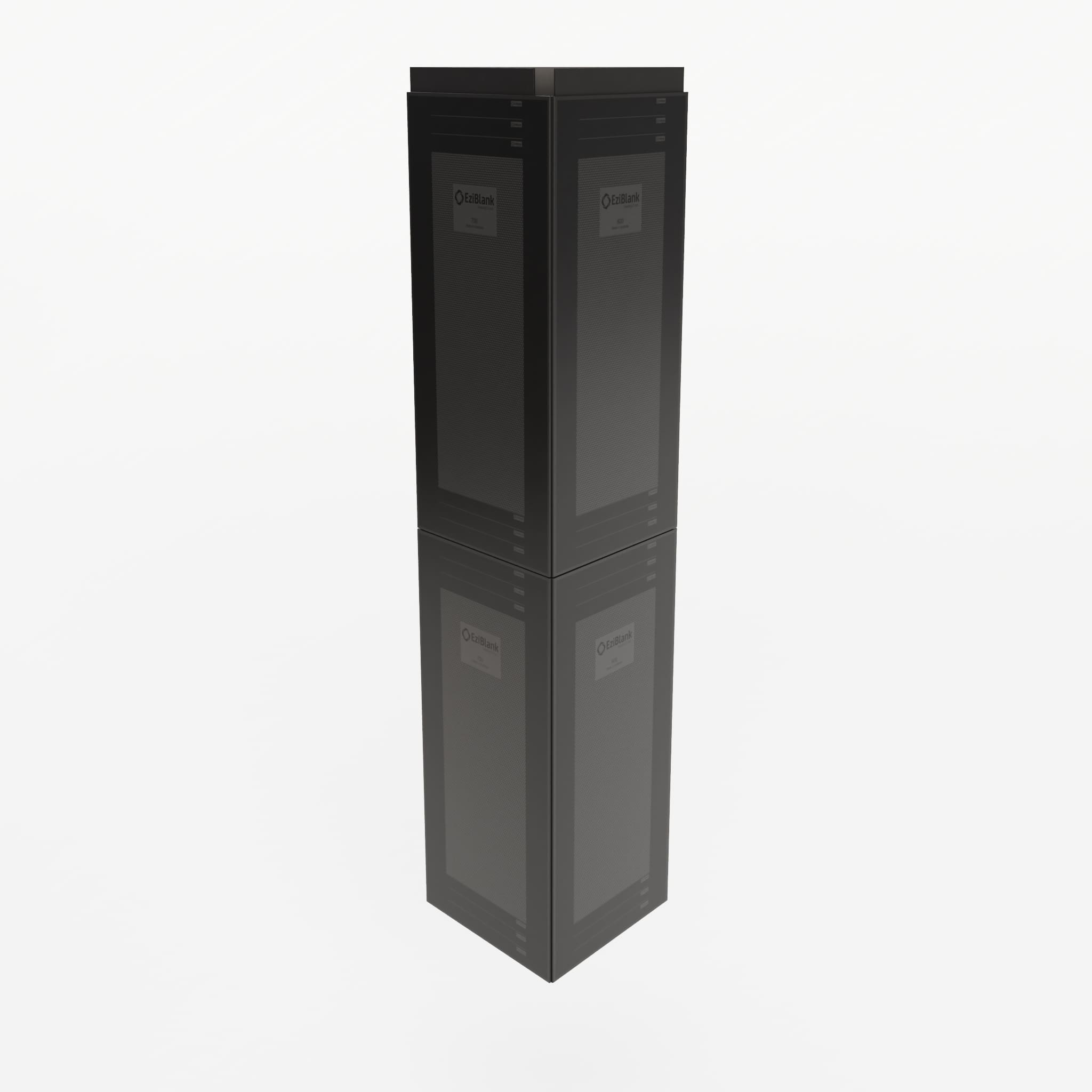Data centre thermal management is crucial for optimising performance and maximising energy efficiency in your operations. At EziBlank, we understand that effective airflow management makes all the difference in maintaining the ideal environment for your servers. Our innovative solutions, including our premium blanking panels, are designed not only to enhance cooling efficiency but also to significantly lower your energy consumption costs. By investing in our products, you are not only safeguarding your infrastructure but also contributing to a more sustainable future. Join the revolution in data centre management and experience the EziBlank difference today!
Cold Aisle Containment Solutions & Products
Cold aisle containment is a highly effective strategy for improving the efficiency and performance of data centre cooling systems. This approach involves physically separating the cold air used for cooling servers from the hot exhaust air, typically by enclosing the cold aisle where the server fronts are located. By preventing the mixing of hot and cold air, cold aisle containment ensures that cooling is more targeted and efficient, reducing energy consumption and lowering operational costs. Products designed for cold aisle containment, such as doors, ceiling panels, and blanking panels, help maintain a stable, cool environment within the aisle, allowing data centres to operate more efficiently and sustainably. This solution is particularly valuable in high-density environments where cooling demands are significant.
Read More
Is it Possible to have an Energy Efficient Data Center?
Achieving an energy-efficient data centre is not only possible but increasingly essential in today's digital and environmentally conscious world. Through a combination of advanced technologies and strategic design choices, data centres can significantly reduce their energy consumption while maintaining high performance. Key strategies include optimising cooling systems with techniques like airflow management and using renewable energy sources to power operations. Implementing energy-efficient hardware, such as servers with low power consumption, and adopting monitoring tools to track and improve power usage effectiveness (PUE) are also crucial steps. By focusing on these areas, data centres can lower operational costs, reduce their carbon footprint, and contribute to sustainable business practices.
Read More
How to create the perfect data center airflow management plan
Creating the perfect data centre airflow management plan is essential for optimising cooling efficiency, reducing energy consumption, and ensuring the longevity of your equipment. The process begins with a thorough assessment of the current airflow dynamics, identifying any hot spots or areas where air circulation is suboptimal. Key components of an effective plan include the strategic placement of blanking panels to prevent hot air recirculation, proper cable management to avoid airflow blockages, and the use of perforated floor tiles to direct cool air precisely where it’s needed. Additionally, implementing cold or hot aisle containment can further enhance airflow efficiency by separating hot and cold air streams. Regular monitoring and adjustments are crucial to maintaining optimal conditions as the data centre evolves. By focusing on these elements, you can create an airflow management plan that maximises performance and minimises costs.
Read More
Hot Aisle vs Cold Aisle Containment
Hot aisle and cold aisle containment are two critical strategies used in data centres to enhance cooling efficiency and reduce energy consumption. In a cold aisle containment setup, cold air is contained within the aisle where the fronts of the server racks face each other, ensuring that only cool air is delivered directly to the equipment. This prevents the mixing of cold air with hot exhaust air, improving cooling efficiency. Conversely, hot aisle containment involves enclosing the aisle where the backs of the servers expel hot air. This containment captures and directs the hot air back to the cooling systems, preventing it from mixing with the cool air in the room. Both methods are effective, but the choice between hot and cold aisle containment depends on the specific design and cooling needs of the data centre. Implementing either strategy can lead to significant improvements in energy efficiency and overall system performance.
Read More
Data Center Energy Efficiency Measures
Improving energy efficiency in data centres is essential for reducing operational costs and minimising environmental impact. Several key measures can be implemented to enhance efficiency, starting with optimising airflow management through the use of blanking panels, which prevent the recirculation of hot air and ensure that cool air is directed precisely where it’s needed. Upgrading to energy-efficient hardware, such as servers and storage devices with lower power consumption, is another important step. Additionally, adopting advanced cooling techniques, such as liquid cooling or free cooling, can significantly reduce the energy required to maintain optimal temperatures. Monitoring tools that track power usage effectiveness (PUE) allow for real-time adjustments to improve efficiency further. These measures not only lower energy consumption and costs but also contribute to a more sustainable and resilient data centre operation.
Read More

